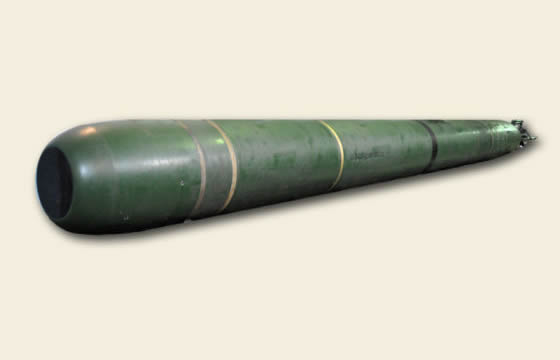Hongjian
Posts: 834
Joined: 1/2/2015
Status: offline

|
quote:
ORIGINAL: Dysta
The most recent ABM test launched by China was the DN-3 interceptor, and it hit DF-21 as a target successfully:
https://thediplomat.com/2018/02/revealed-the-details-of-chinas-latest-hit-to-kill-interceptor-test/
Beat me to it.
Good information on the other BMD missiles in Chinese arsenal:
quote:
The DN-3 is thought to be China’s most capable midcourse hit-to-kill interceptor, but the country has other systems capable of exoatmospheric ballistic and anti-satellite interception, including the DN-2, the HQ-19, and the ASAT-oriented SC-19.
In 2017, the U.S. Department of Defense observed in its annual report on the Chinese military that the HQ-19 might “fill the midtier of China’s BMD network.”
“The HQ-19 is still undergoing PLAAF [People’s Liberation Army Air Force]-organized testing; as of May 2016, China was focused mainly on testing the HQ-19’s capability to intercept 3,000 km ranged ballistic missiles,” the report noted.
The HQ-19 would be China's THAAD-ER equivalent, i.e. a terminal BMD.
And we remember the DN-2 from a test of 2011 and 2013, 2015 and 2017, where it achieved an altitude capable of reaching GPS satellites in 2013:
http://freebeacon.com/national-security/china-carries-flight-test-anti-satellite-missile/
quote:
China tested a DN-2 in 2013 that traveled 18,600 miles in space where U.S. intelligence satellites are located.
http://freebeacon.com/national-security/china-conducts-test-of-new-anti-satellite-missile/
quote:
While details of the DN-2 are not known, U.S. officials said it is expected to be a high earth-orbit interceptor capable of destroying strategic navigation, communication, or intelligence satellites by ramming into them at high speeds.
The DN-2 is said to be capable of hitting targets in high-earth orbit between 12,000 and 22,236 miles above earth. Many military, intelligence, and commercial satellites orbit at that altitude.
So, if the DN-3 is based on the same booster and main stage, it might also be able to reach that orbit and hence would explain its larger size compared to the SM-3.
< Message edited by Hongjian -- 2/21/2018 5:30:00 PM >
|
 Printable Version
Printable Version
























 New Messages
New Messages No New Messages
No New Messages Hot Topic w/ New Messages
Hot Topic w/ New Messages Hot Topic w/o New Messages
Hot Topic w/o New Messages Locked w/ New Messages
Locked w/ New Messages Locked w/o New Messages
Locked w/o New Messages Post New Thread
Post New Thread